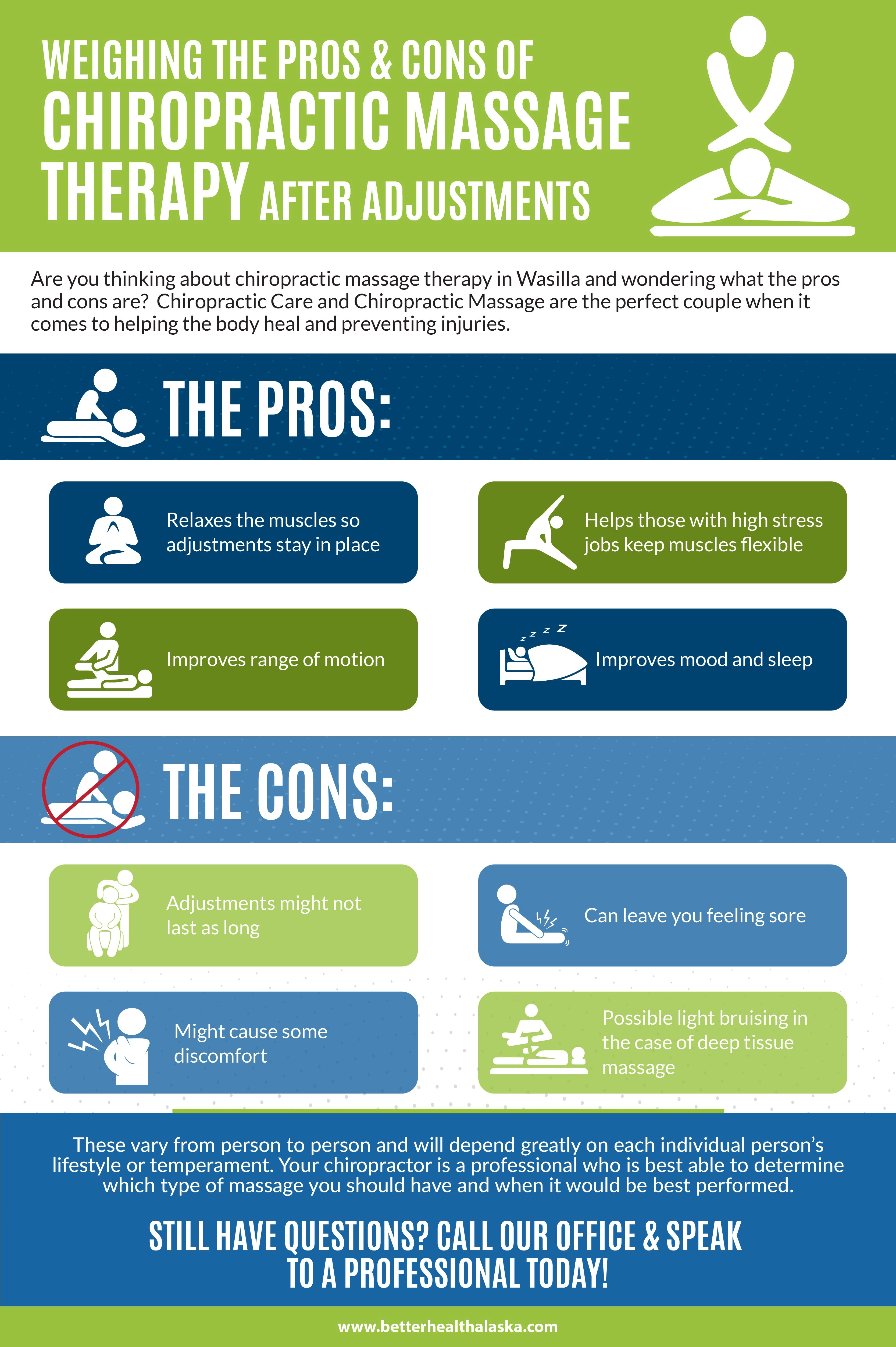Discovering The Systems And Effects Of Cold Laser Therapy: A Detailed Scientific Point Of View
Discovering The Systems And Effects Of Cold Laser Therapy: A Detailed Scientific Point Of View
Blog Article
Article Created By-Rush Bartlett
You may have heard of cold laser therapy as a promising therapy alternative for various conditions, however have you ever before questioned just how it in fact services a cellular level? Recognizing the systems behind this therapy can shed light on its performance in advertising recovery and decreasing inflammation. By checking out the scientific research behind cold laser treatment, you'll get understandings into the fascinating ways in which light can influence mobile procedures and help with tissue fixing.
Just How Cold Laser Treatment Works
To recognize just how cold laser therapy functions, you need to comprehend the fundamental principles of just how light energy interacts with organic cells. Cold laser treatment, additionally called low-level laser therapy (LLLT), utilizes particular wavelengths of light to permeate the skin and target hidden tissues. Unlike the intense lasers made use of in surgical procedures, cold lasers produce low degrees of light that do not generate warmth or trigger damage to the cells.
When these mild light waves reach the cells, they're soaked up by parts called chromophores, such as cytochrome c oxidase in mitochondria. This absorption sets off a collection of organic reactions, including raised cellular power manufacturing and the release of nitric oxide, which improves blood flow and lowers swelling.
Moreover, the light power can also promote the production of adenosine triphosphate (ATP), the energy currency of cells, helping in mobile repair and regeneration processes.
Basically, cold laser treatment uses the power of light power to advertise healing and alleviate pain in a non-invasive and gentle manner.
Devices of Action
How does cold laser treatment really work to produce its healing impacts on biological cells?
Cold laser therapy, likewise known as low-level laser treatment (LLLT), runs with a procedure referred to as photobiomodulation. When the cold laser is related to the skin, the light energy penetrates the cells and is absorbed by chromophores within the cells.
These chromophores, such as cytochrome c oxidase in the mitochondria, are after that stimulated by the light power, causing a cascade of organic reactions. laser therapy near me of activity is the improvement of cellular metabolic rate.
https://low-level-laser-therapy11009.ja-blog.com/33929527/recommendations-and-tips-for-efficiently-integrating-cold-laser-treatment-into-your-wellness-routine taken in light power boosts ATP manufacturing in the mitochondria, which is important for cellular feature and fixing. Furthermore, cold laser therapy helps to lower inflammation by preventing inflammatory moderators and advertising the release of anti-inflammatory cytokines.
This anti-inflammatory result adds to discomfort relief and tissue healing.
Therapeutic Effects
Understanding the restorative impacts of cold laser treatment includes acknowledging exactly how the enhanced cellular metabolic rate and anti-inflammatory buildings contribute to its positive end results on biological cells.
When https://hair-restoration74838.digitollblog.com/33662850/start-a-trip-to-discover-the-truth-behind-common-mistaken-beliefs-about-cold-laser-treatment-and-be-enlightened-by-its-prospective-benefits is put on the affected location, it stimulates the mitochondria within the cells, resulting in raised production of adenosine triphosphate (ATP), which is essential for mobile feature and repair work. This increase in mobile power speeds up the healing process by advertising tissue regeneration and lowering inflammation.
Furthermore, the anti-inflammatory residential properties of cold laser treatment aid to lower discomfort and swelling in the targeted location. By inhibiting inflammatory arbitrators and advertising the launch of anti-inflammatory cytokines, cold laser therapy help in reducing discomfort and boosting the general healing action.
This reduction in swelling not just supplies instant alleviation yet likewise supports long-term cells repair service.
Conclusion
In conclusion, cold laser therapy functions by boosting cellular repair work and tissue regeneration via photobiomodulation. Its anti-inflammatory homes provide pain alleviation and minimize swelling by preventing inflammatory moderators.
This treatment offers a detailed strategy to healing, supplying both prompt relief and long-term tissue fixing advantages.
Via its devices of action, cold laser treatment proves to be a reliable and promising therapy choice for a selection of problems.
